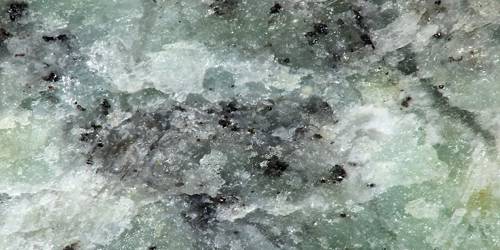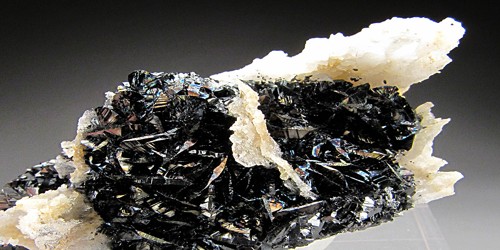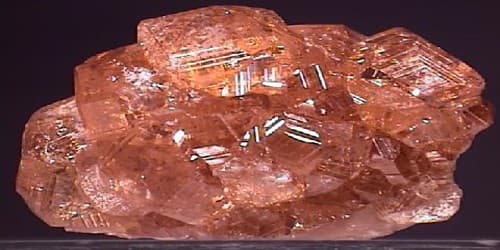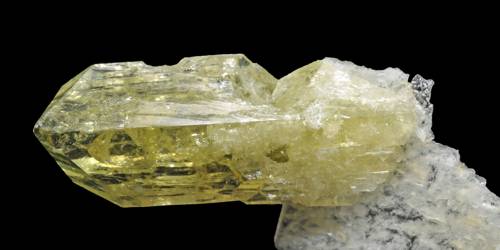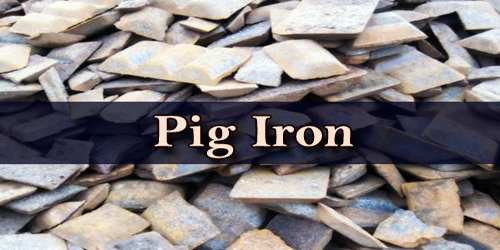Chlormayenite (after Mayen, Germany), Ca12Al14O32[☐4Cl2], is a rare calcium aluminum oxide mineral of cubic symmetry. It was originally reported from Eifel volcanic complex (Germany) in 1964. It is also found at pyrometamorphic sites such as in the Hatrurim Formation of Israel and in some burned coal dumps.
Synthetic Ca12Al14O33 and Ca12Al14O32(OH)2 are known, they are stabilized by moisture instead of chlorine. The formula can be written as [Ca12Al14O32]O, which refers to the unique feature: anion diffusion process.
General Information
- Category: Oxide mineral (Mayenite supergroup)
- Formula: Ca12Al14O32[☐4Cl2]
- Crystal system: Cubic
- Crystal class: Hextetrahedral (43m)
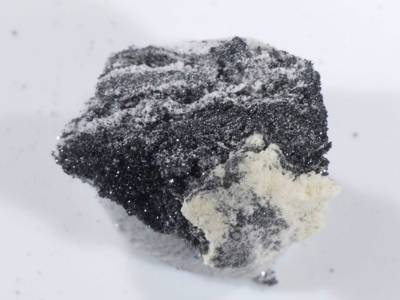
Properties
- Color: Colorless
- Crystal habit: Microscopic anhedral grains
- Streak: White
- Diaphaneity: Transparent
- Specific gravity: 2.85
Occurrence: An accessory mineral in Ca-humite zones of calcareous skarn xenoliths in ignimbrite, crystallized initially as chlormayenite and was altered by volcanic gases containing water vapor.
It occurs in thermally altered limestone xenoliths within basalts in Mayen, Germany and Klöch, Styria, Austria. In the Hatrurim of Israel, it occurs in thermally altered limestones. It occurs with calcite, ettringite, wollastonite, larnite, brownmillerite, gehlenite, diopside, pyrrhotite, grossular, spinel, afwillite, jennite, portlandite, jasmundite, melilite, kalsilite and corundum in the limestone xenoliths. In the Hatrurim it occurs with spurrite, larnite, grossite, and brownmillerite.
Association: Chegemite-fluorchegemite, reinhardbraunsite, srebrodolskite.
Information Source:
